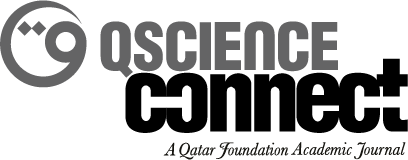-
oa Soil factors affecting density of three giant land snail species in different habitats of Dassa-Zoumè district (Central Benin)
- المصدر: QScience Connect, Volume 2013, Issue 1, يونيو ٢٠١٣, 31
-
- ٠٩ أغسطس ٢٠١٣
- ٢٢ أغسطس ٢٠١٣
- ٠١ ديسمبر ٢٠١٣
This study examines the environmental factors affecting the density of the exploited giant land snail species, Archachatina marginata, Achatina fulica and Limicolaria flammea in the Dassa-Zoumè district of Benin. Thirty plots of 30 m × 30 m were laid out, within four vegetation types (fallows, forest, woodlands and wood savannah). Inside each plot the numbers of each giant land snail species were counted, and soil characteristics were measured. ANOVA and generalized linear models (GLMs) with Poisson distribution were used to examine the influence of soil factors on the giant land snails. A. fulica has the highest mean density (507 snails/ha) while A. marginata has the lowest density (110 snails/ha). ANOVA showed no significant difference in density between habitat types for any species. The most parsimonious GLM model showed that the abundance of A. fulica was positively associated to the fine sands, fine silts and pH, while the interactions were negatively associated with the abundance of the species. The abundance of L. flammea was negatively associated with the fine sands, fine silts and pH, while the interactions were positively associated with the abundance of the species. As for A. marginata, the abundance was negatively associated with the fine silts, pH and litter, while the interactions were positively associated with the abundance of the species. The abundance pattern of forest molluscs is likely to be affected by different processes. Exploitation of these giant snails will affect their density, and further research is needed to establish appropriate levels of harvesting and habitat management.


